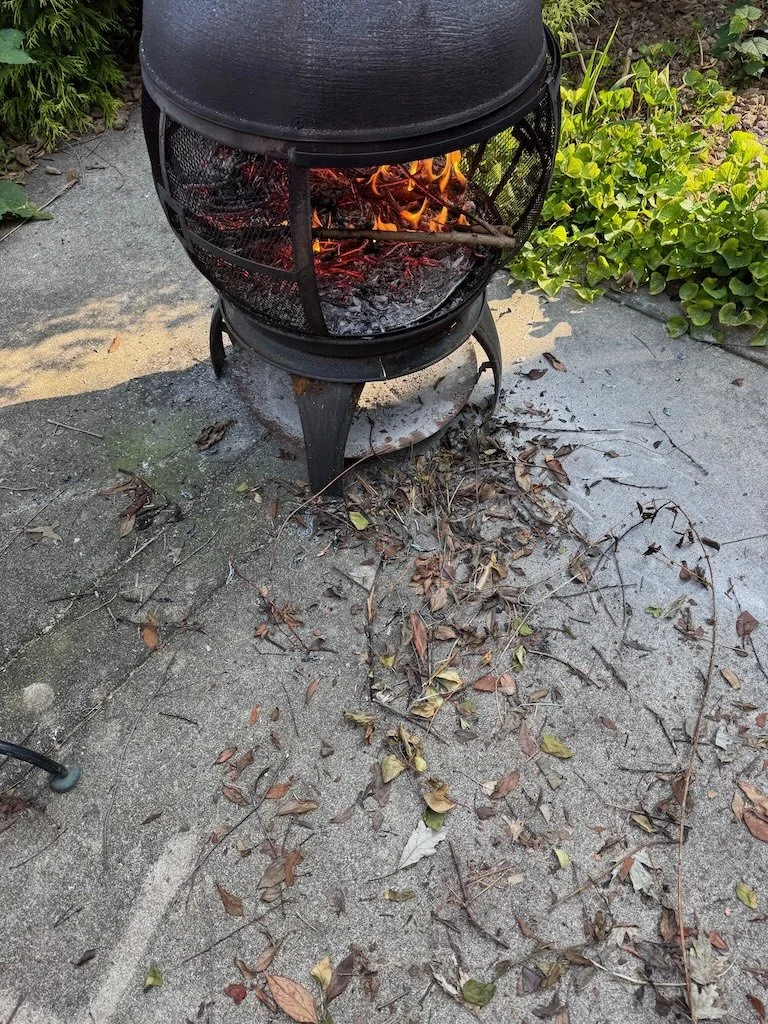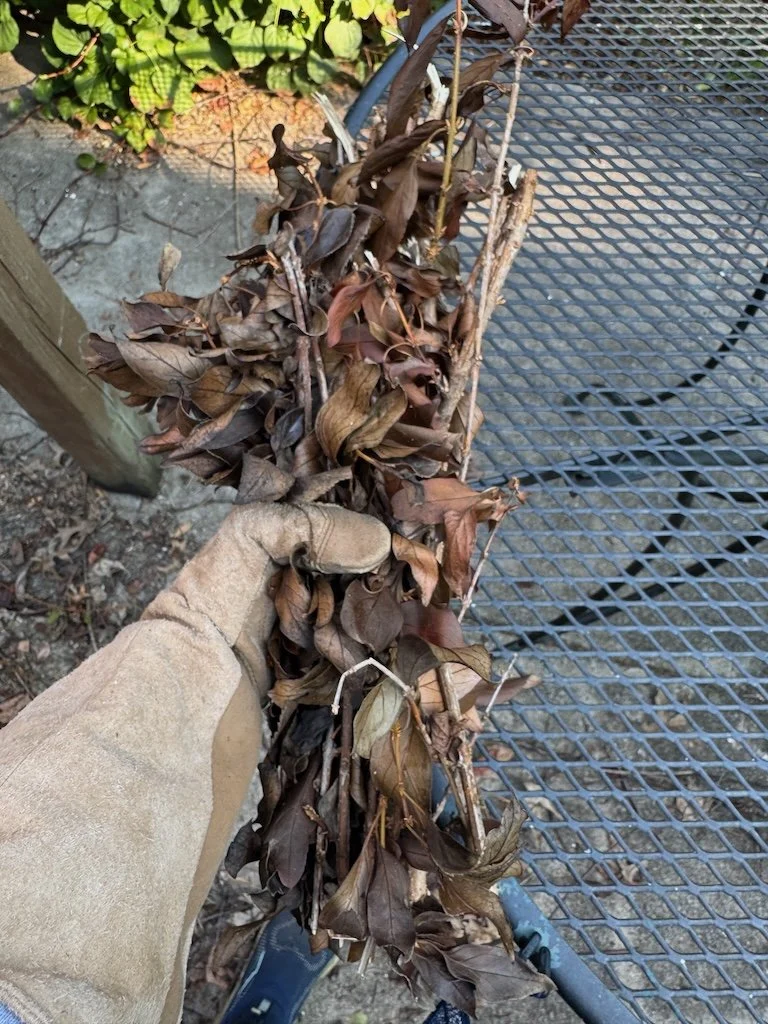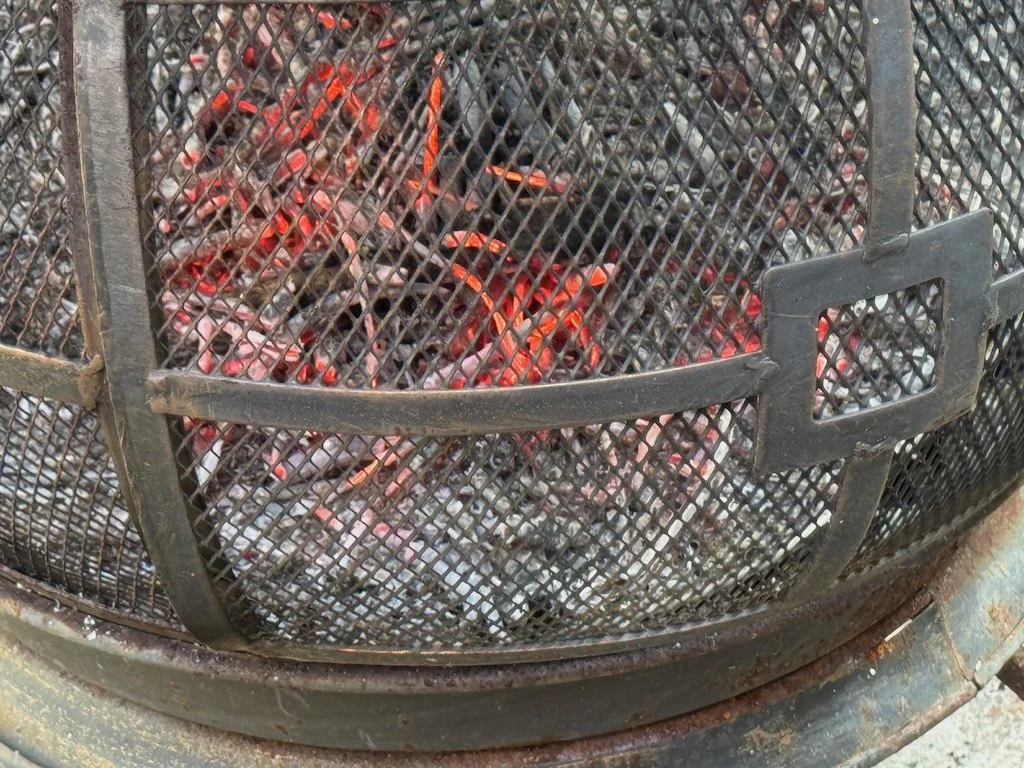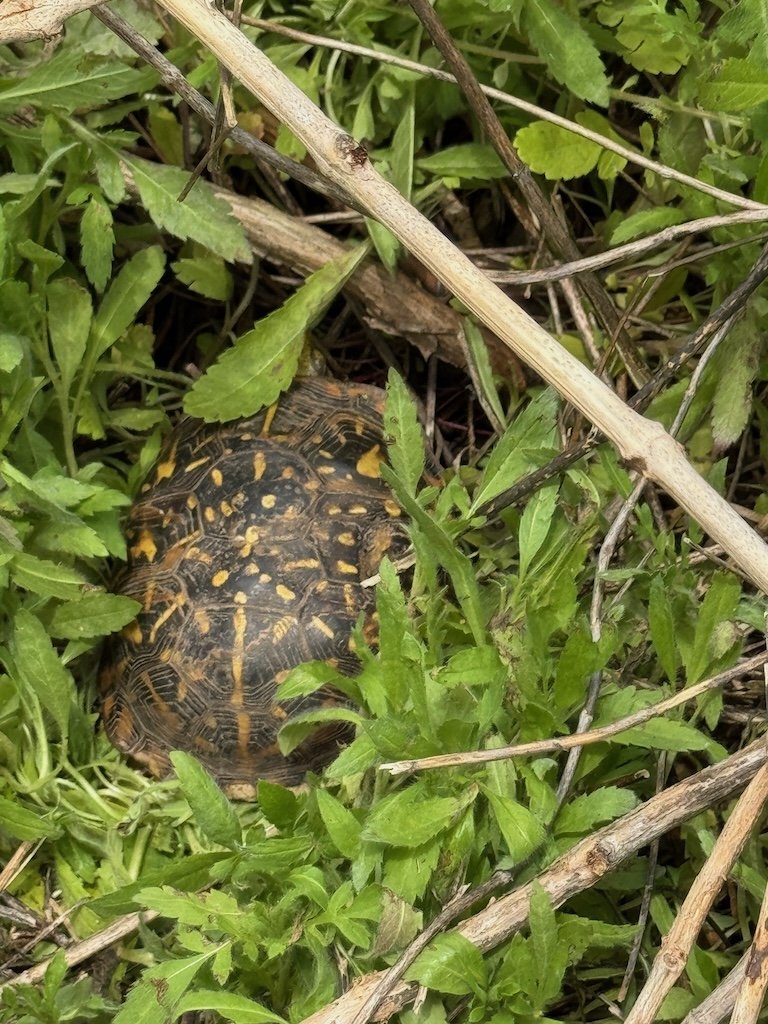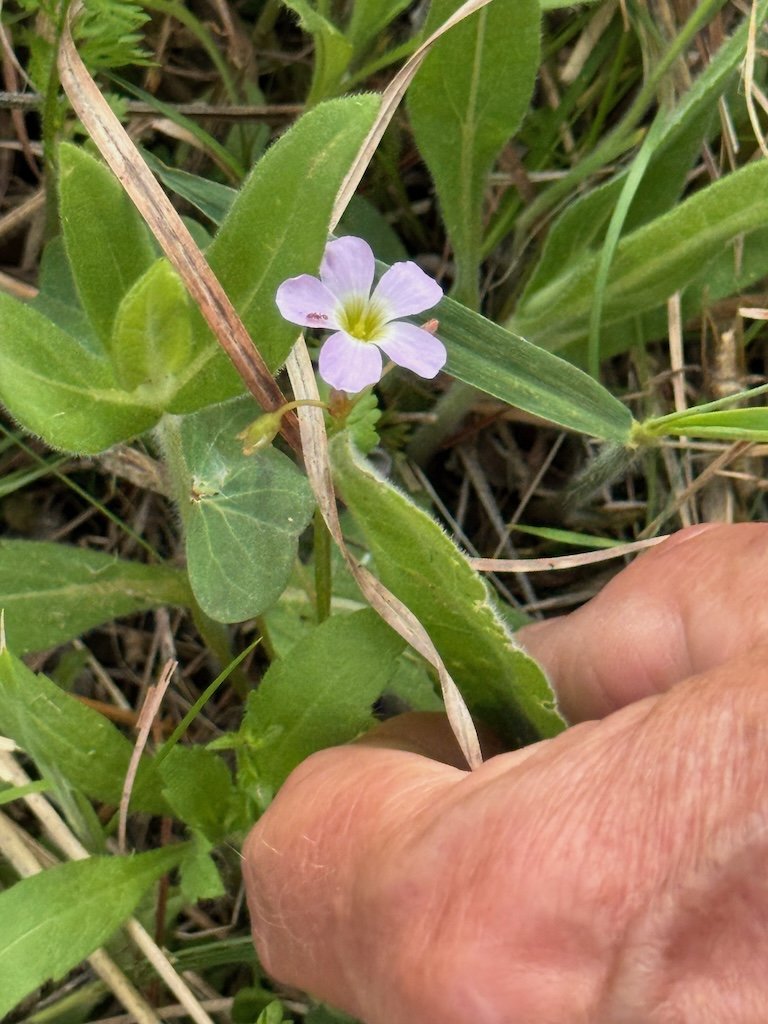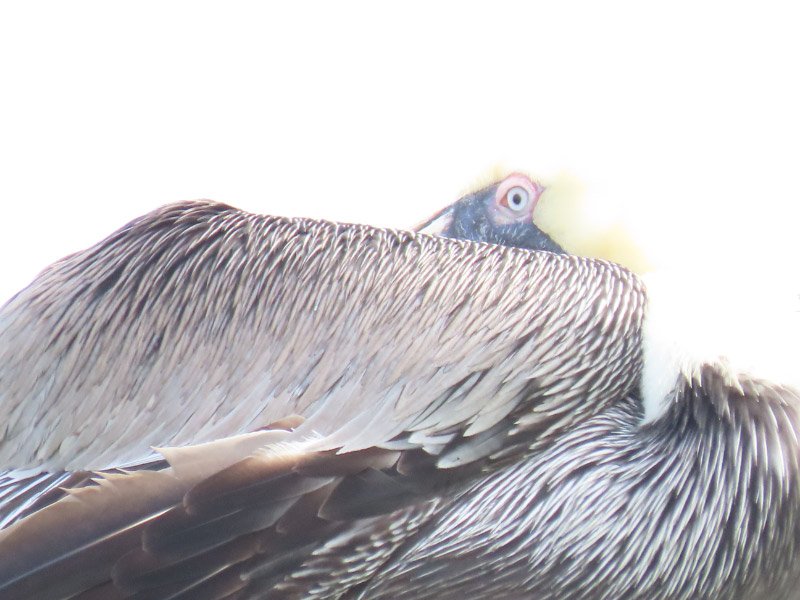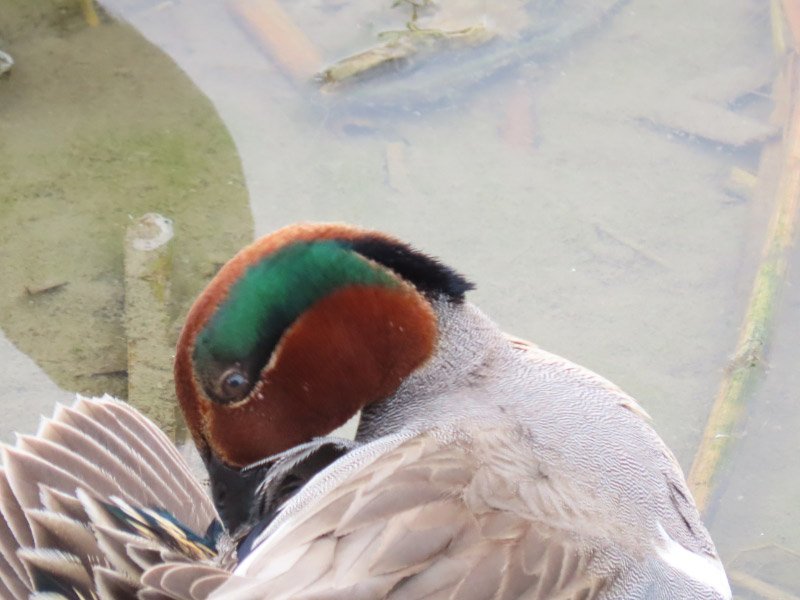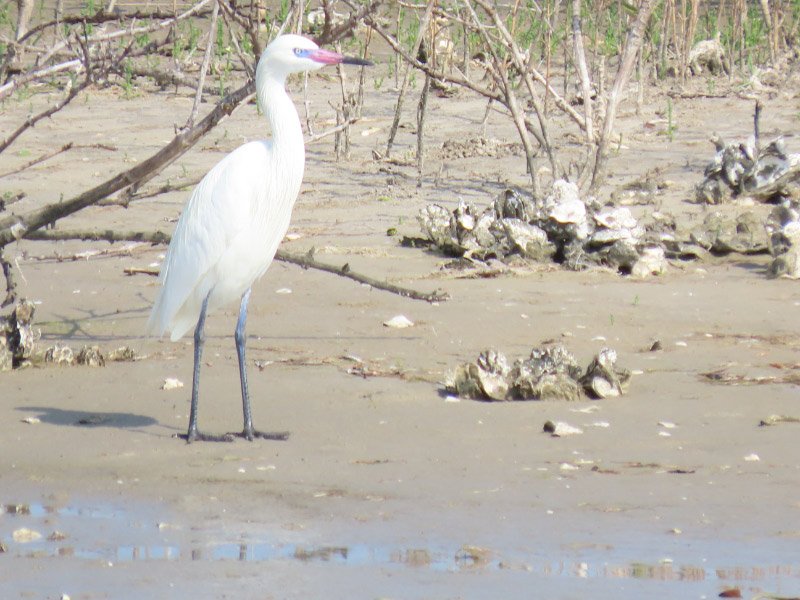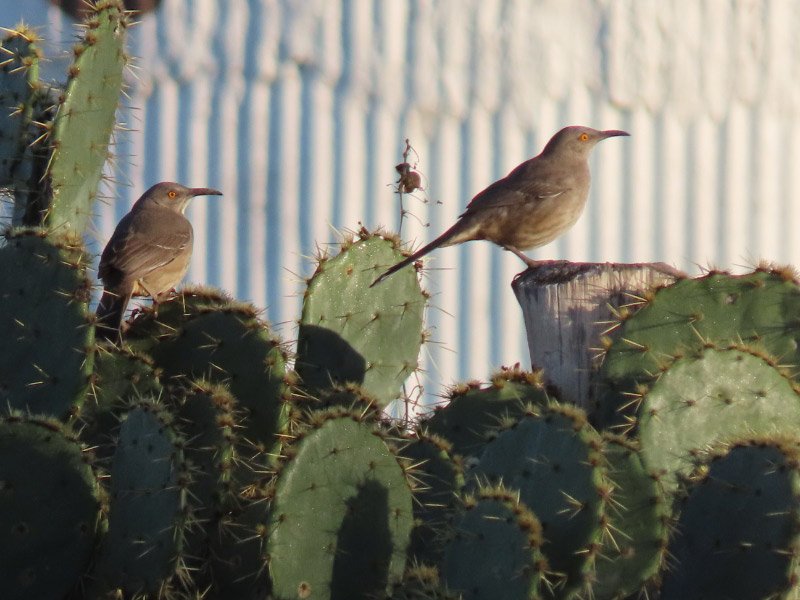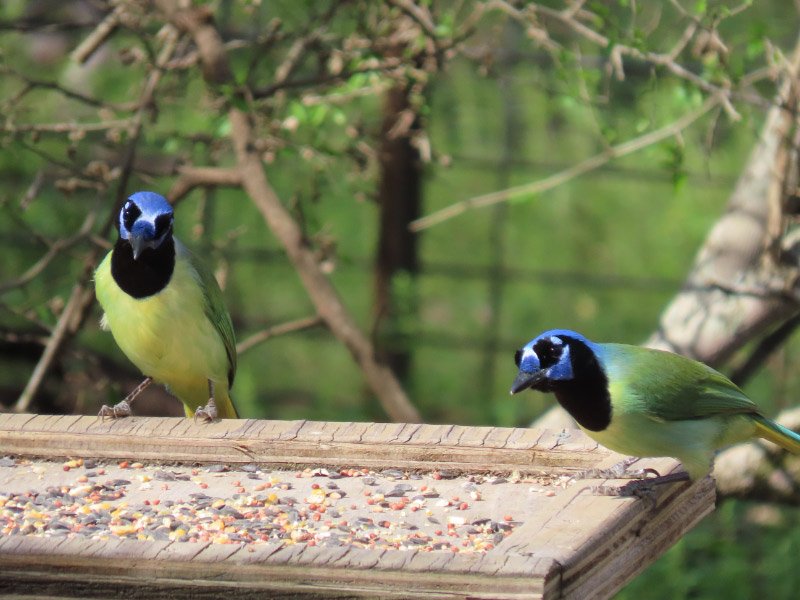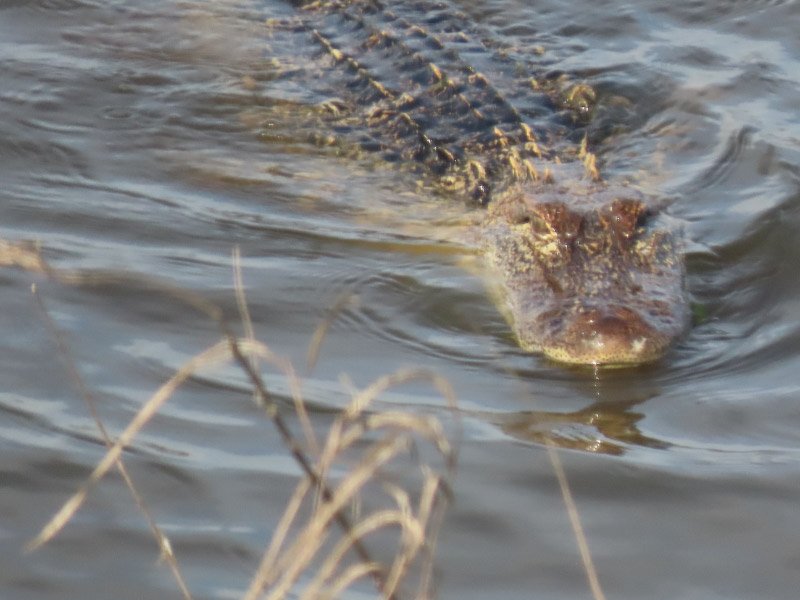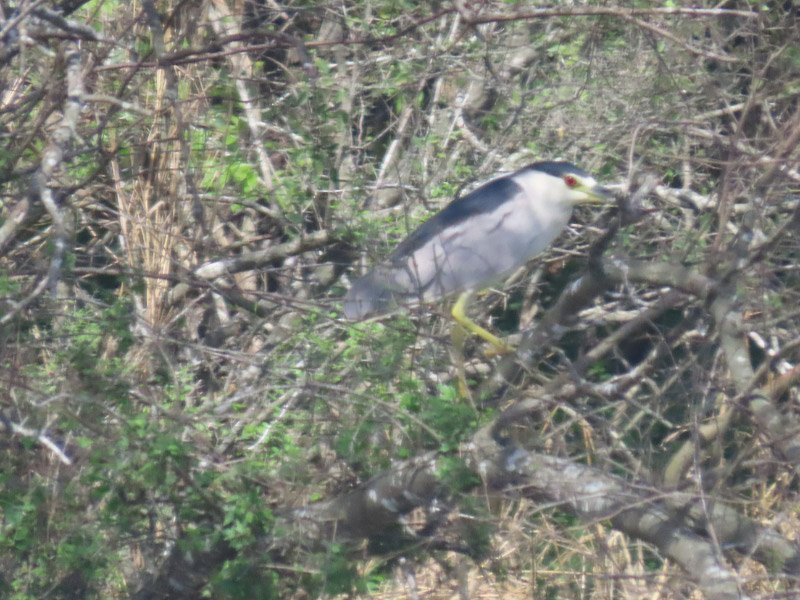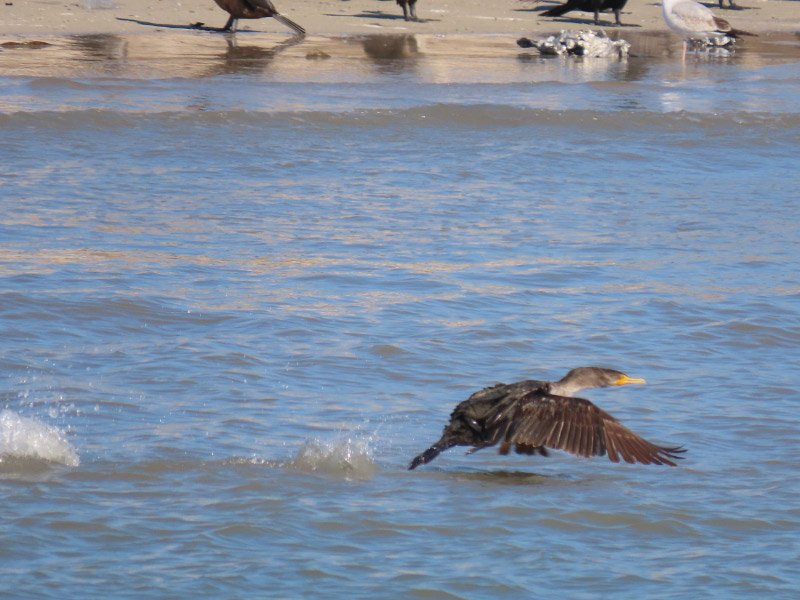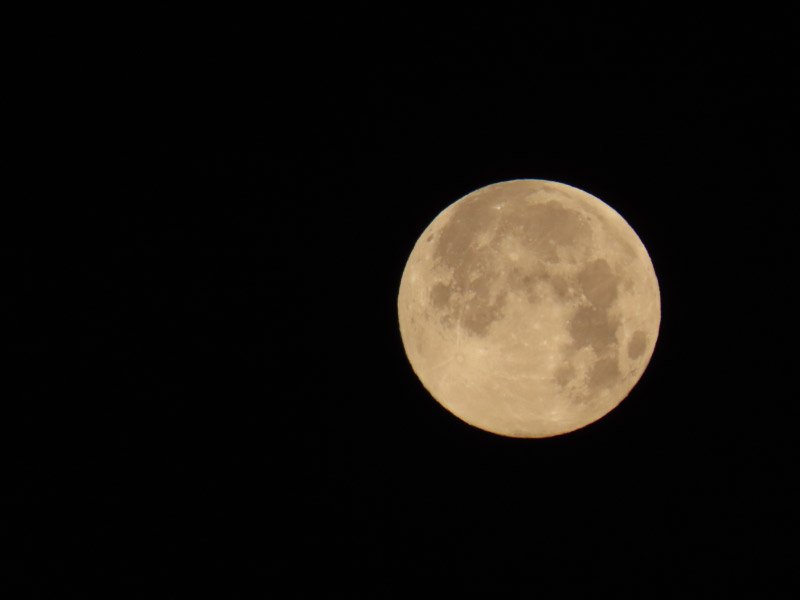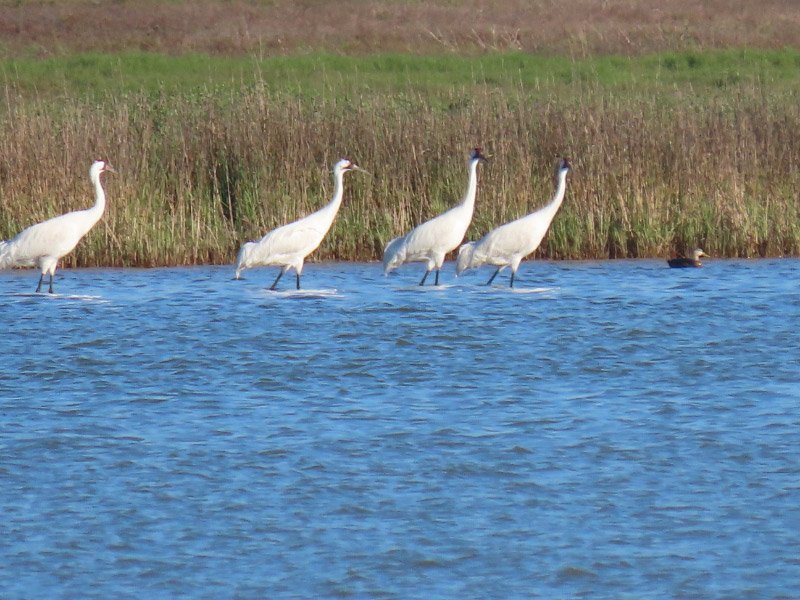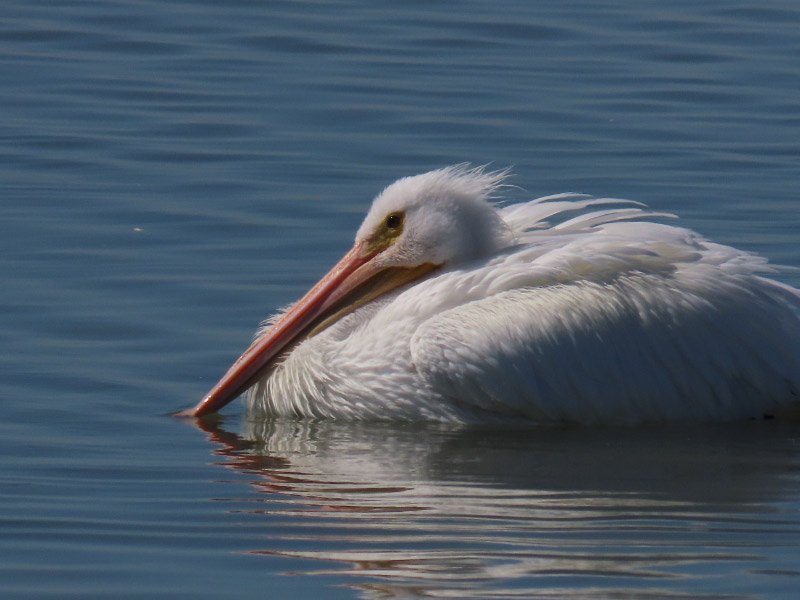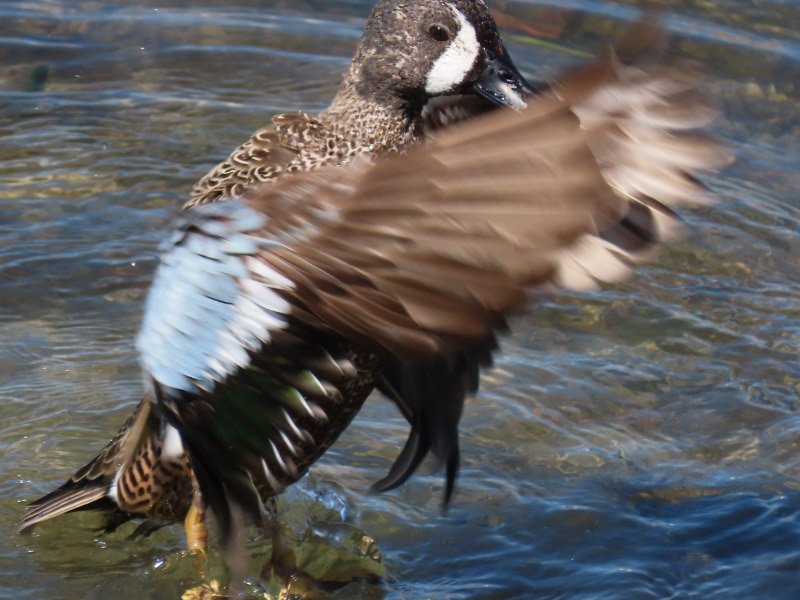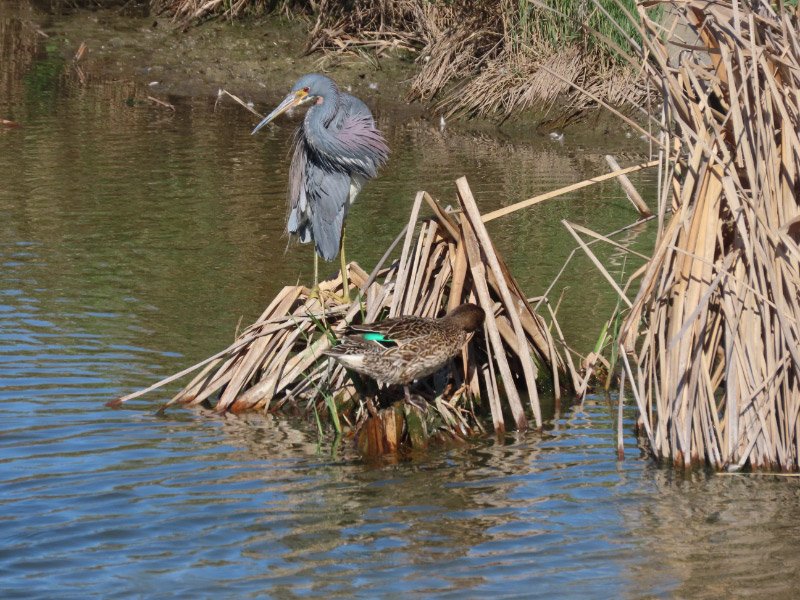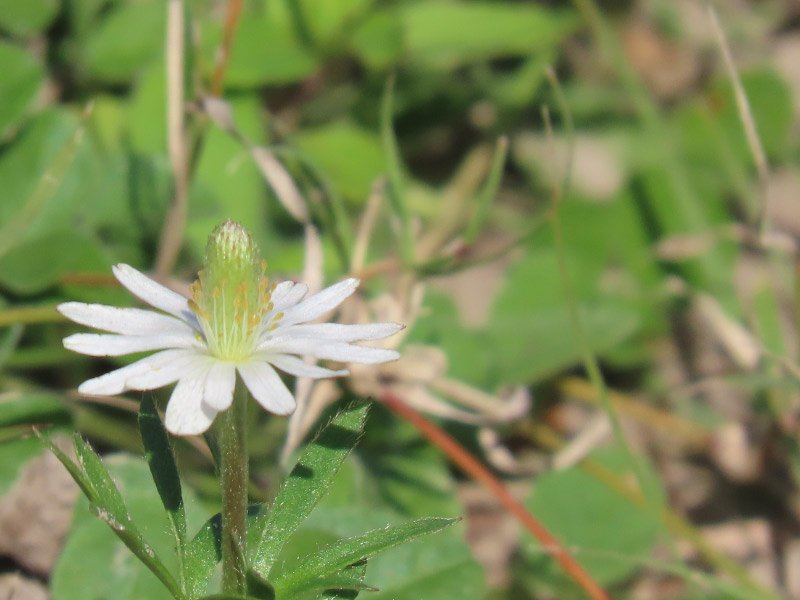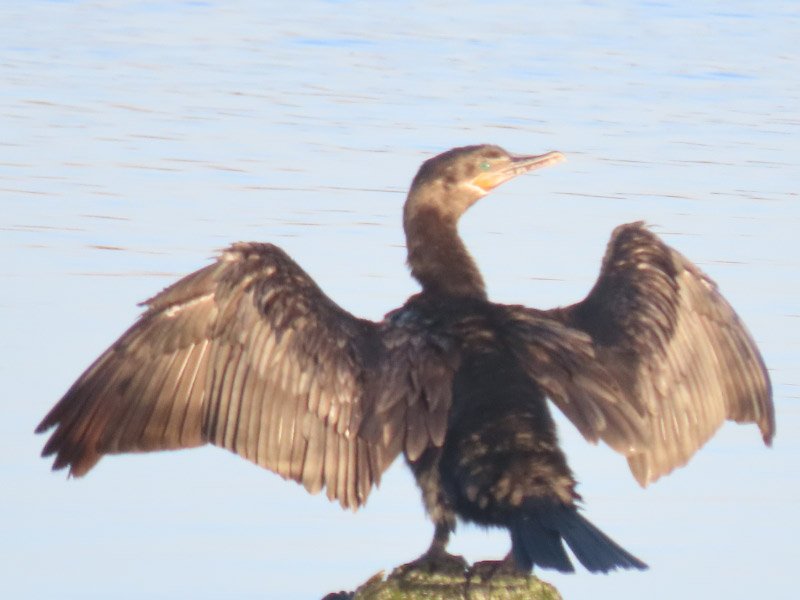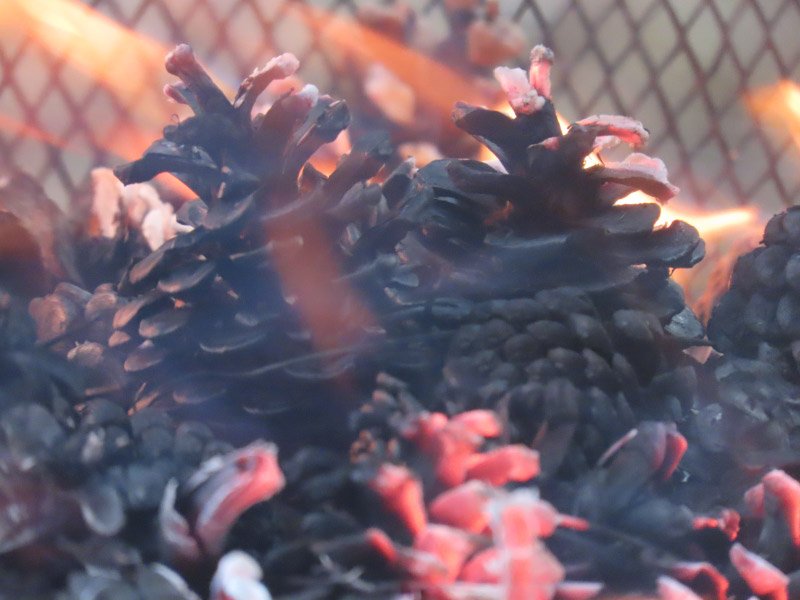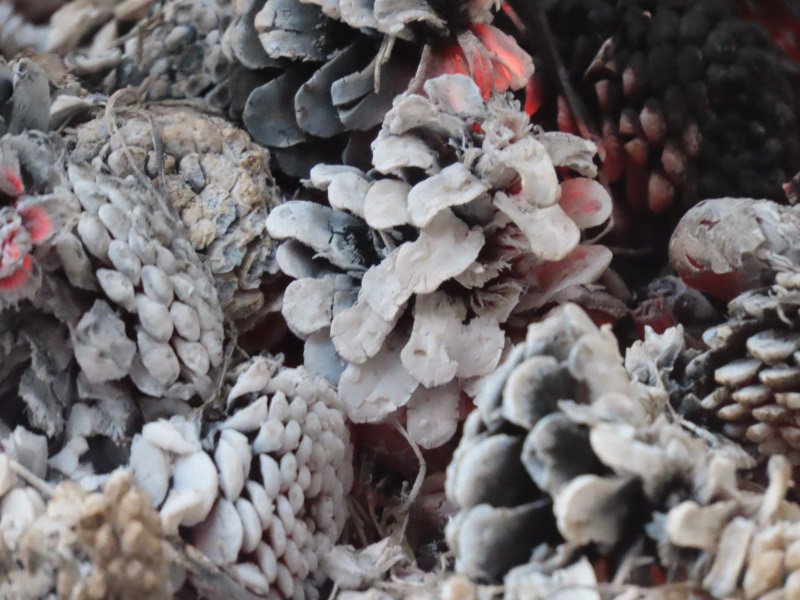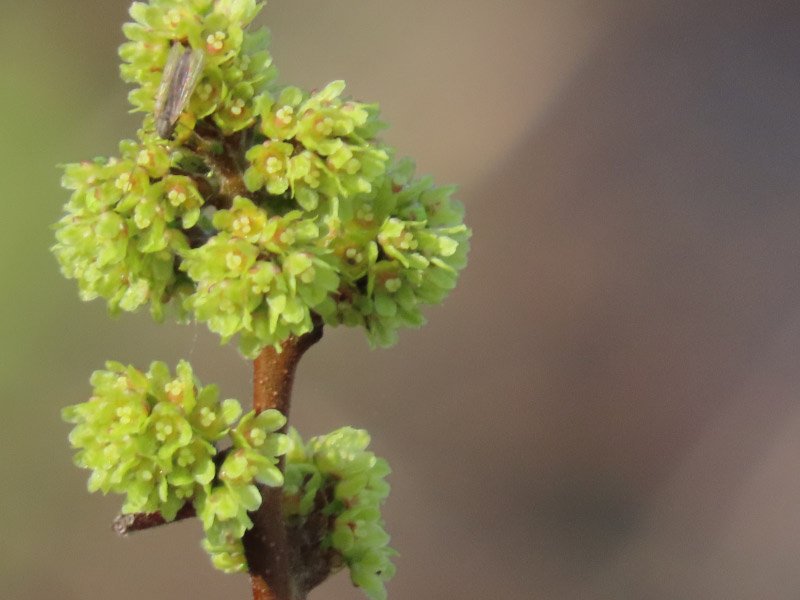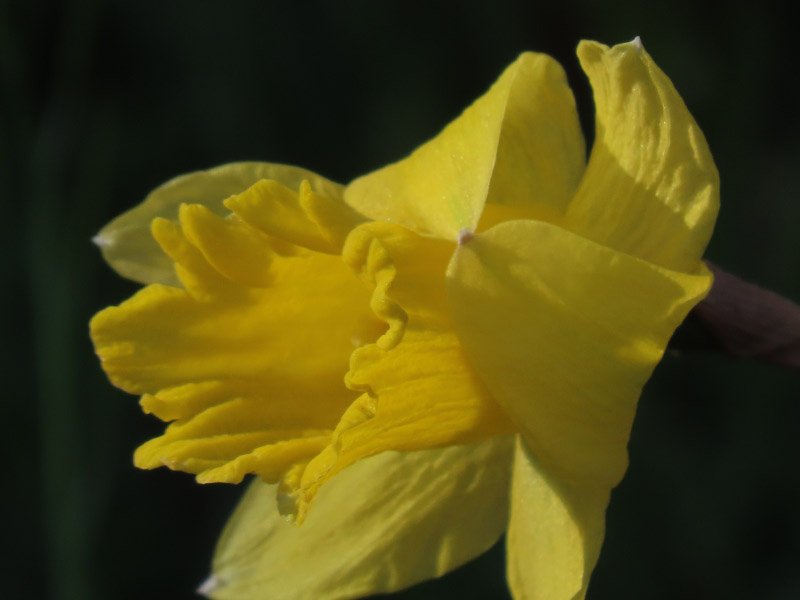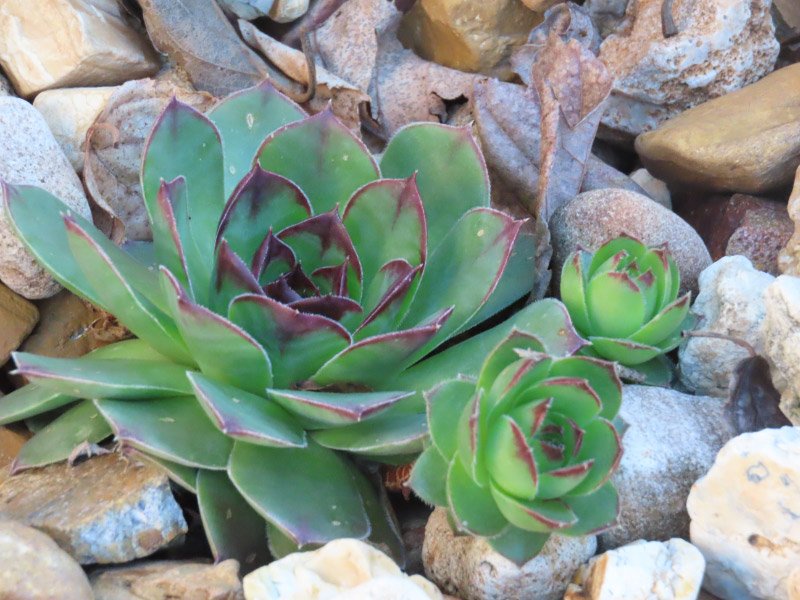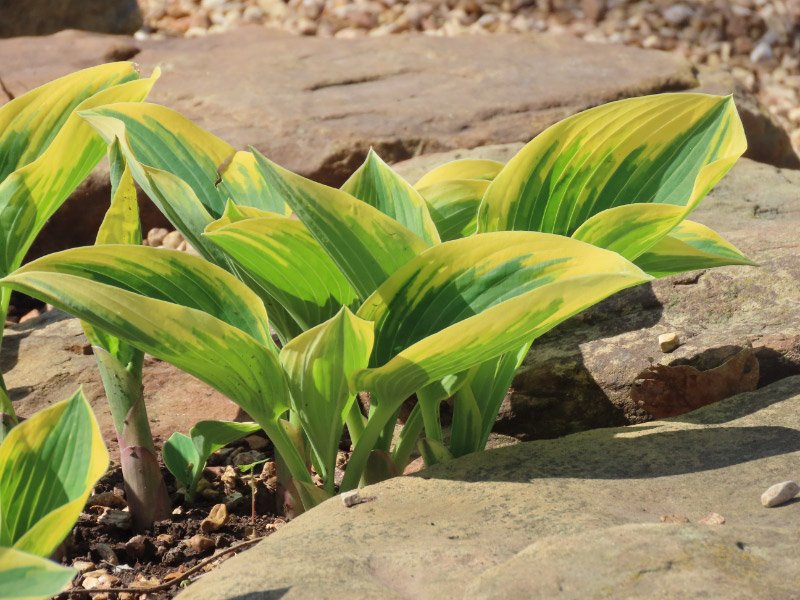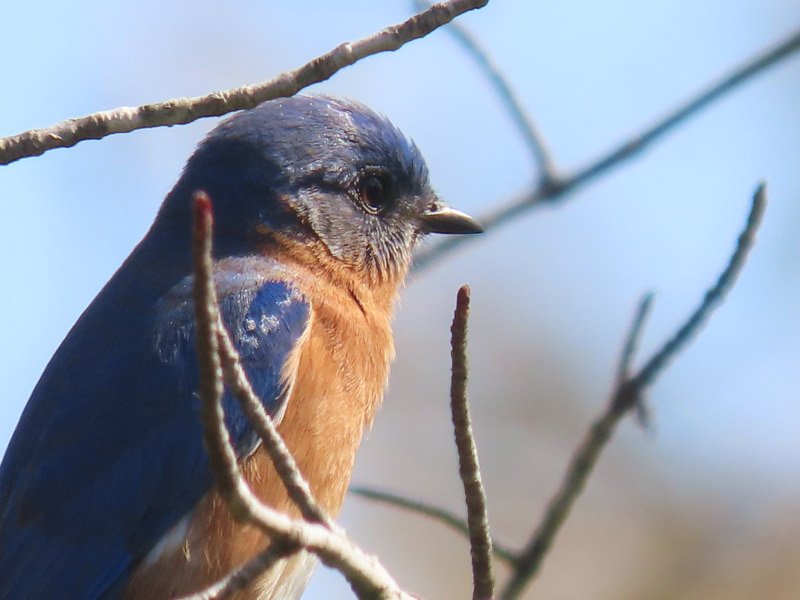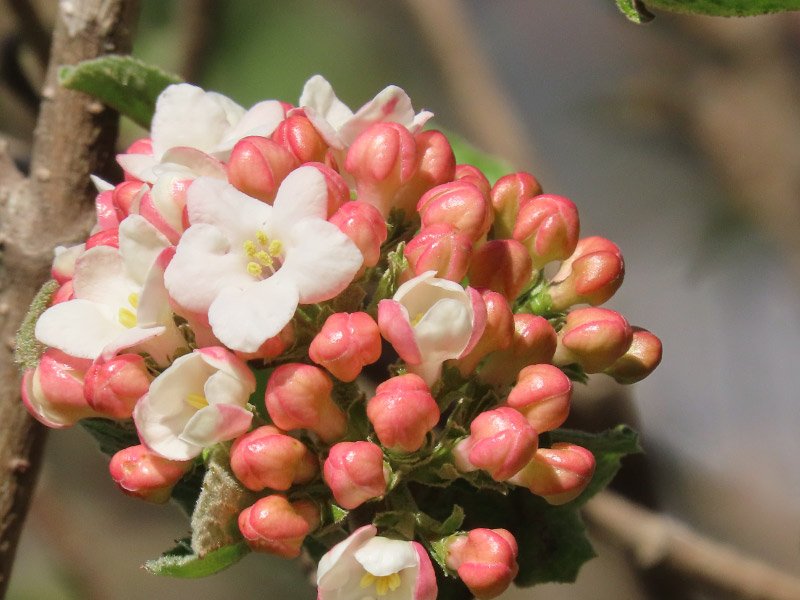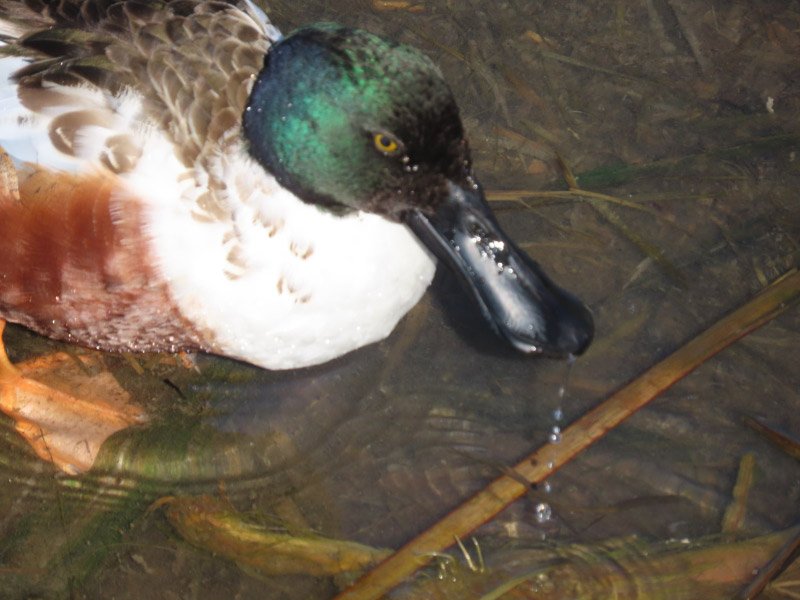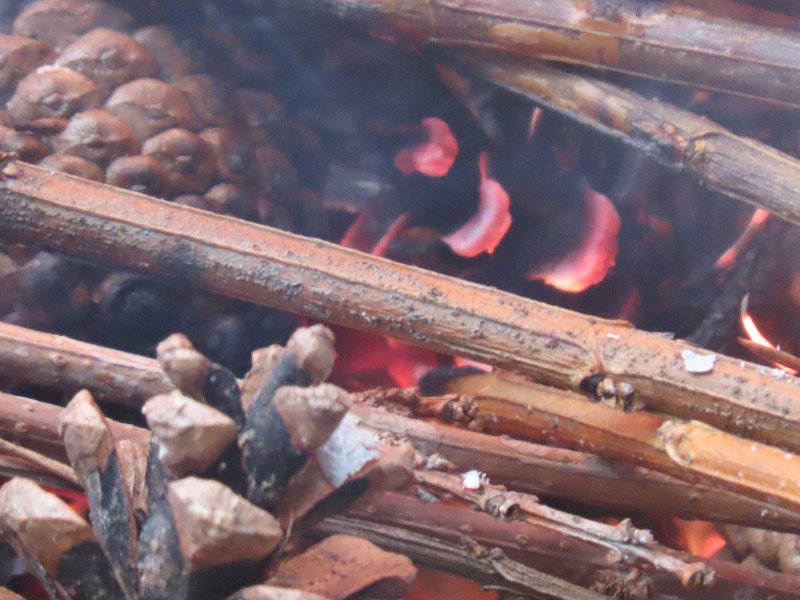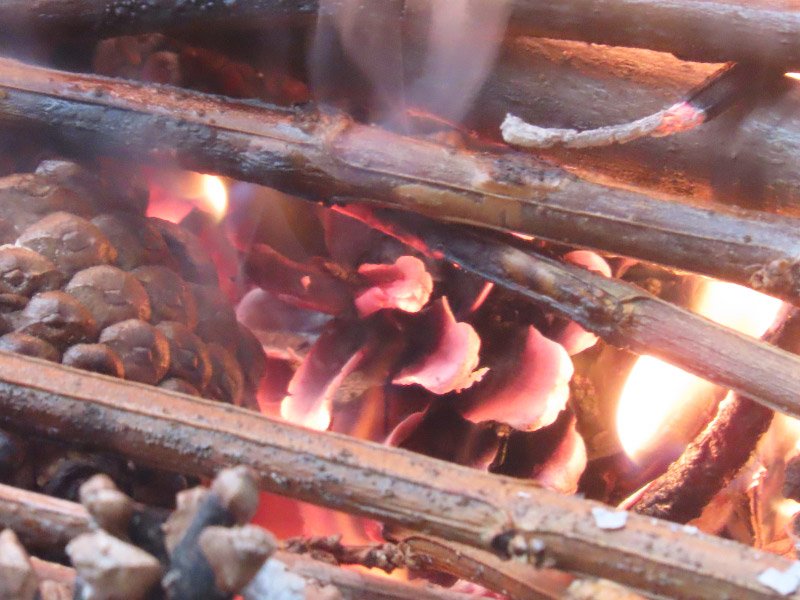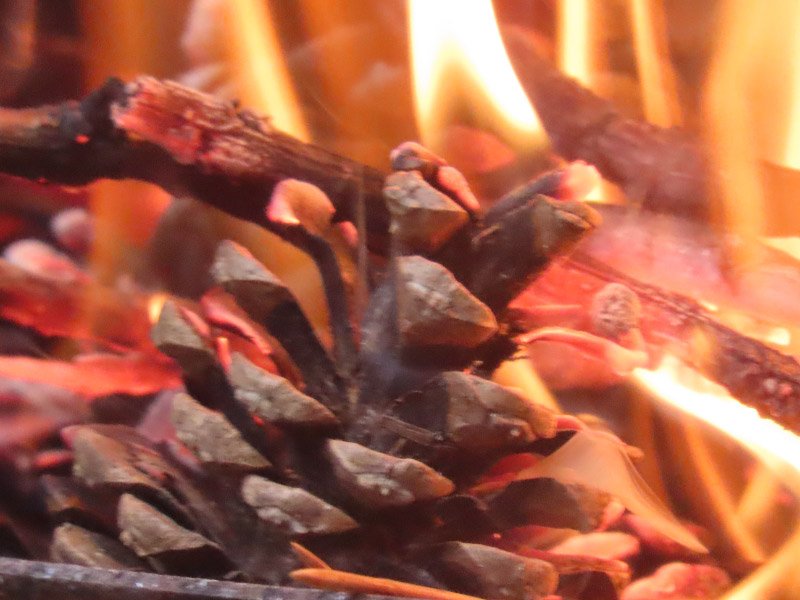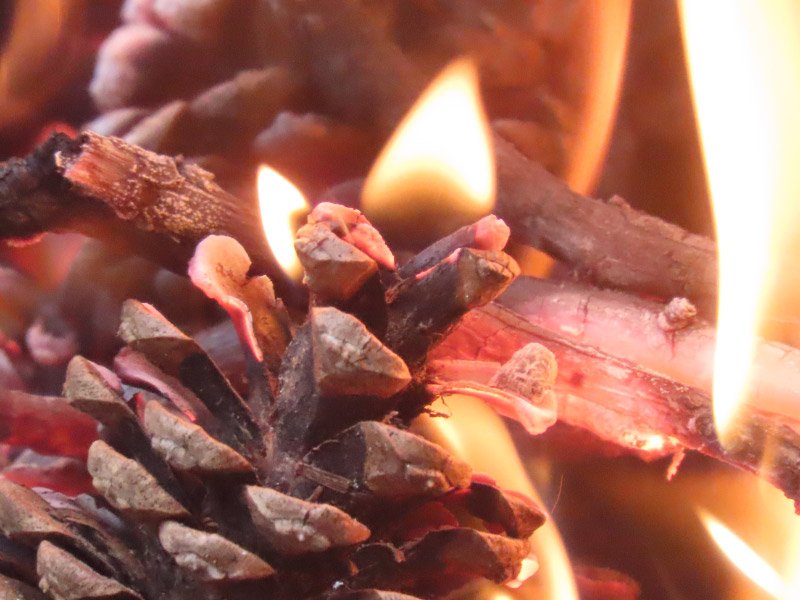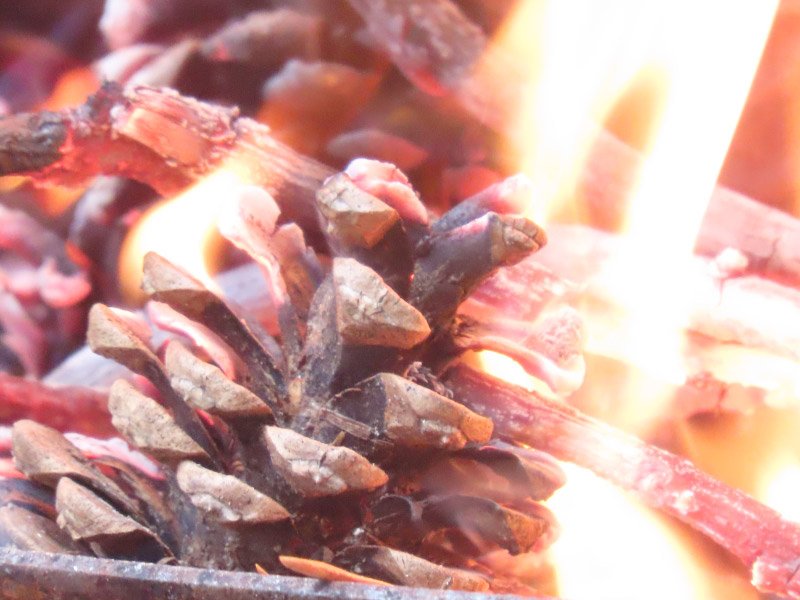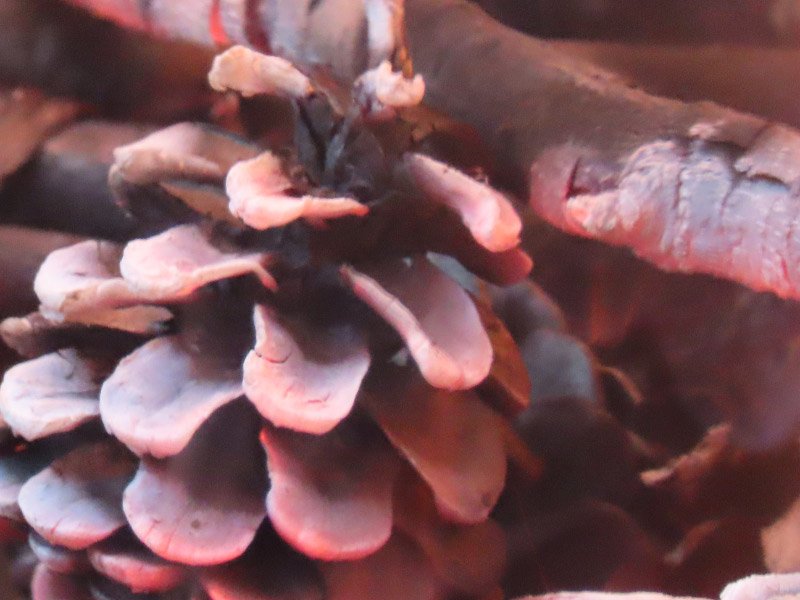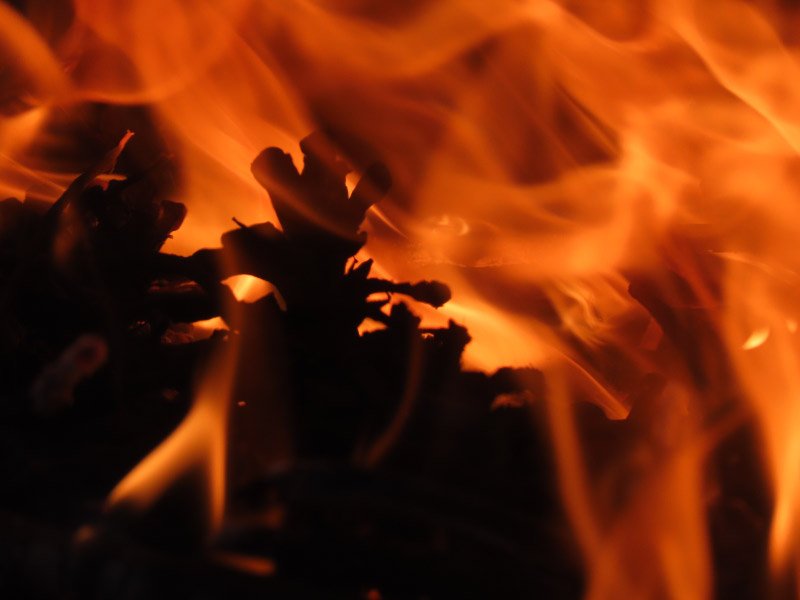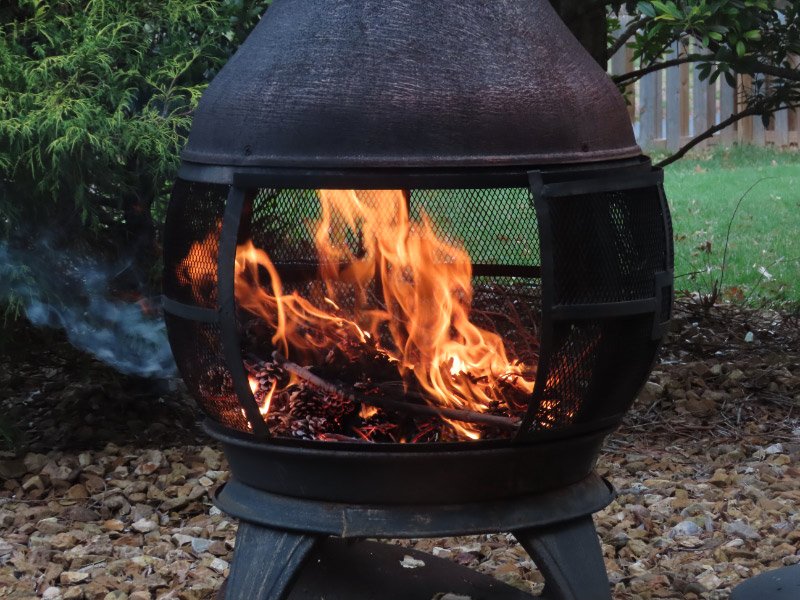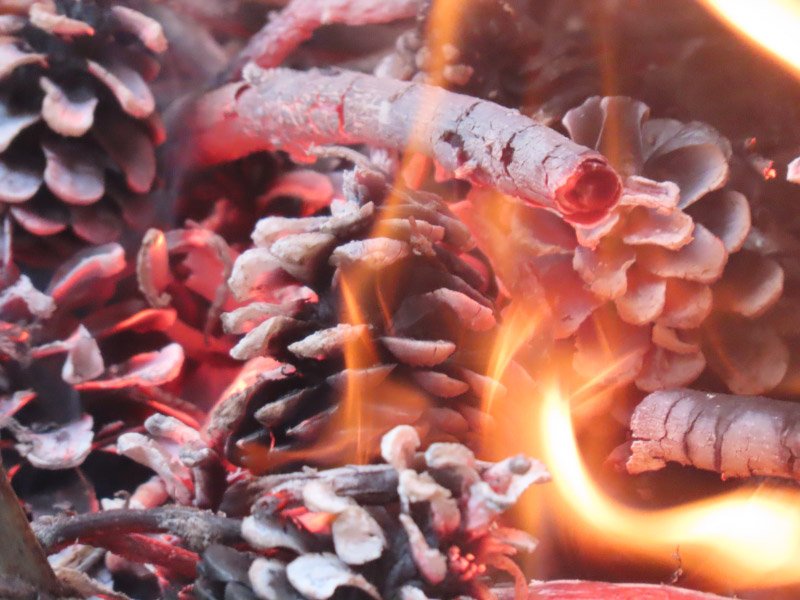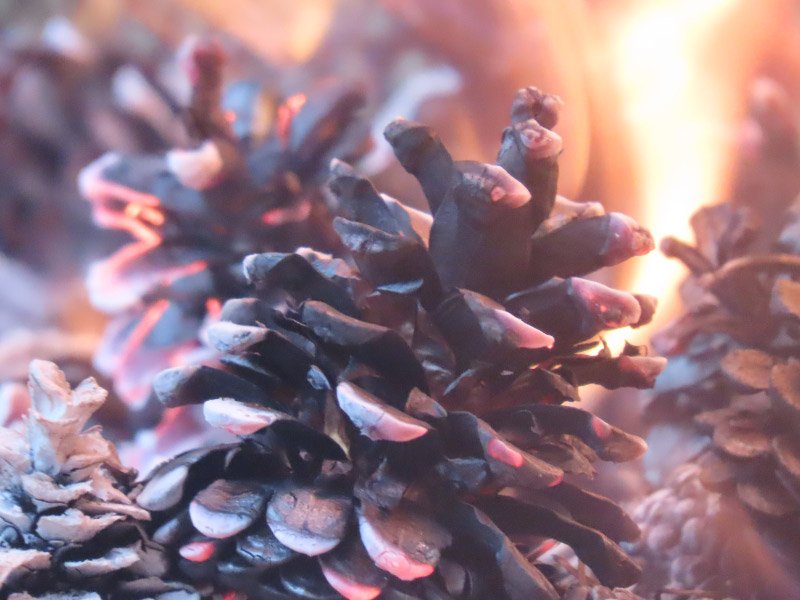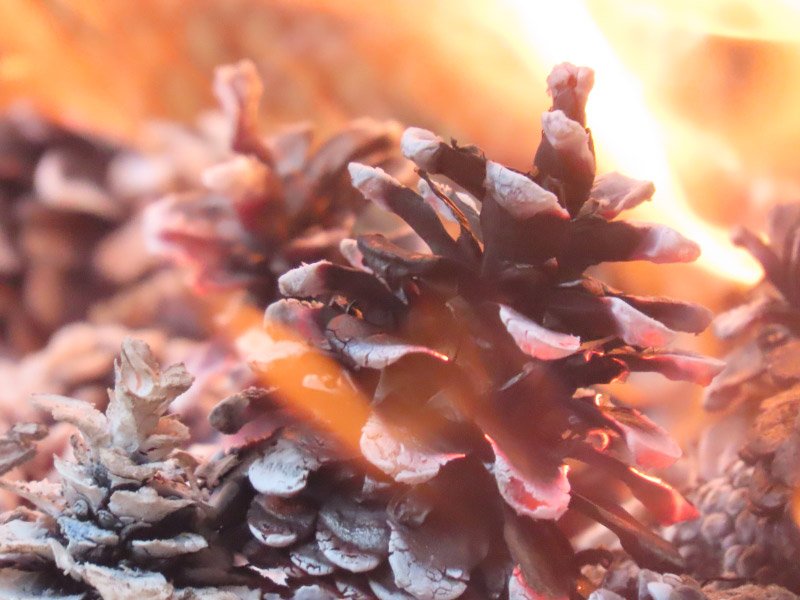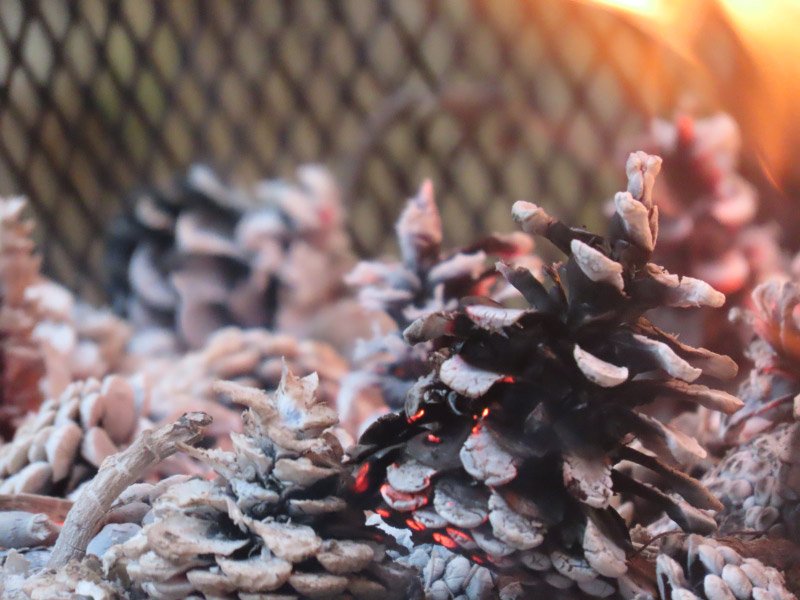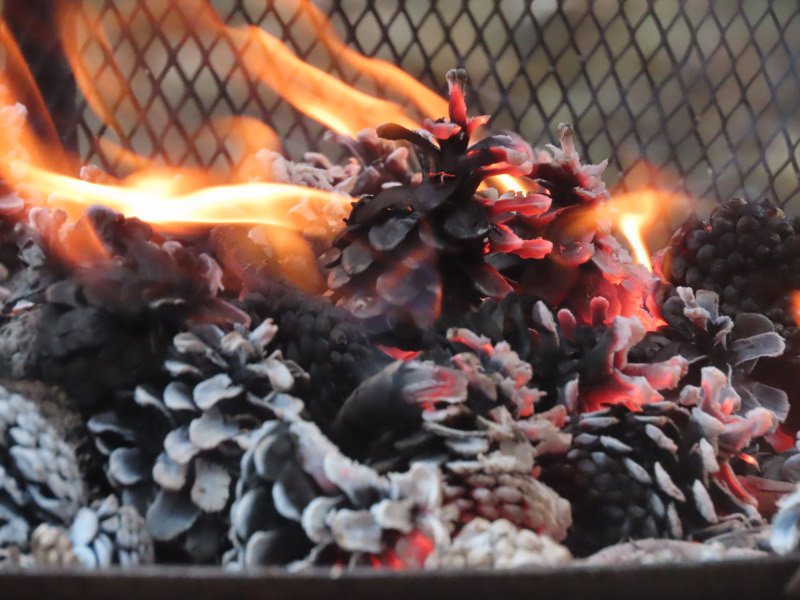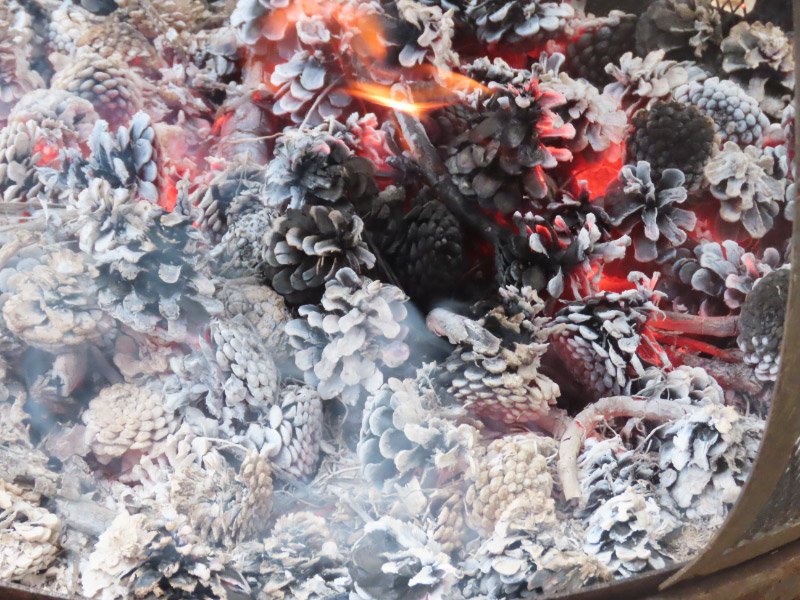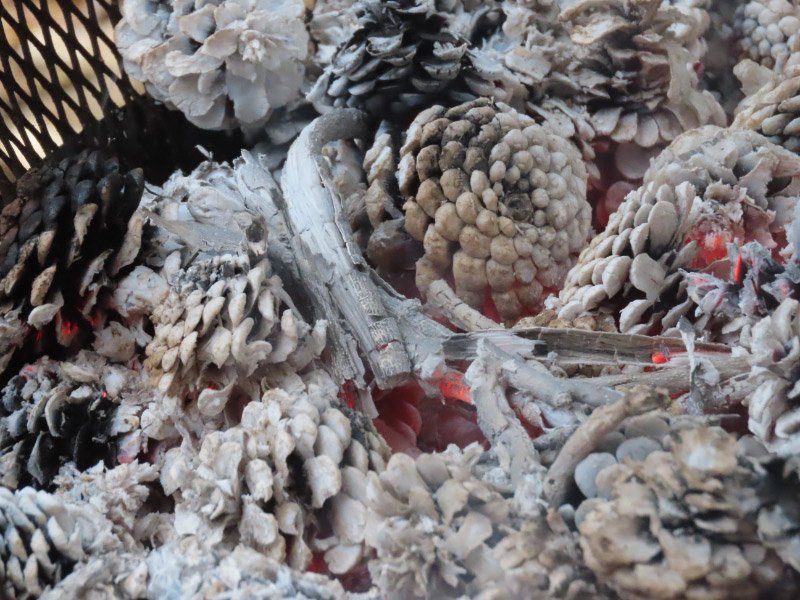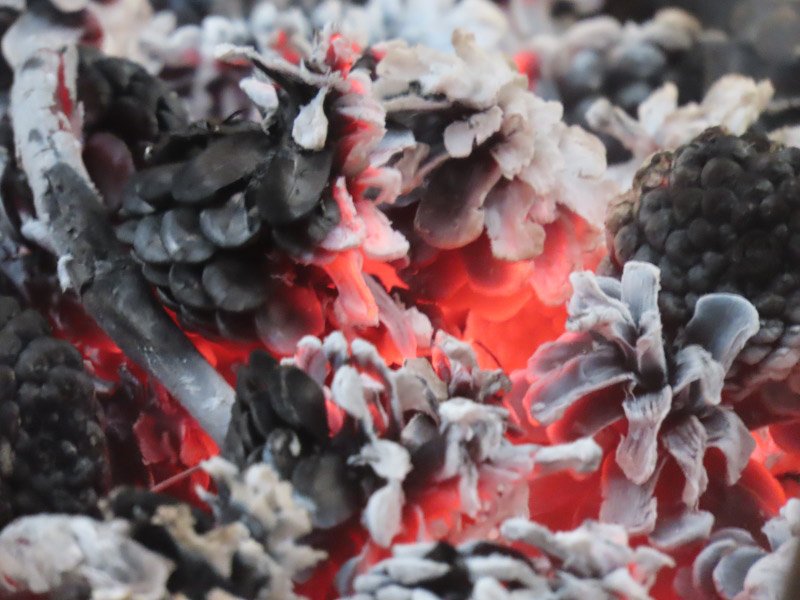The items below were ‘the cream’ of the articles and websites I found this past week. Click on the light green text to look at the article.
The ancient practice of 'good fire' is reviving Nebraska's birds, bears and berries - In its original shape, the once wide, but relatively shallow Platte River provided an open space for the (sandhill) cranes to roost, while also keeping an eye on predators. These four-to-five-foot tall birds with wingspans of six-to-seven feet found abundant plants and insects to eat on the Nebraskan prairies. Lightning strikes brought occasional wildfires, which cleared out dead material and refreshed native plant life. Fire suppression is not always a good thing…
Giant Slab of Bog Butter Recovered in Ireland – Nearly 50 pounds! It is being analyzed by the National Museum of Ireland. It would be interesting to know how long it had been in the bog.
How Agroforestry Could Help Revitalize America’s Corn Belt – 8,200 hazelnut saplings growing with flocks of chickens in narrow grass paddocks between the rows of fledgling trees…. By combining food-bearing trees and shrubs with poultry production it is an example of agroforestry — an ancient practice that intertwines annual and perennial agriculture. Other forms include alley cropping, in which annual crops including grains, legumes, and vegetables grow between rows of food-bearing trees, and silvopasture, which features cattle munching grass between the rows. An acre of land under agroforestry can sequester five metric tons of CO2 annually, versus one ton for an acre of corn or soybeans. As the region’s vast corn and soybean operations continue hemorrhaging soil and fouling water and climate change proceeds apace, they may find themselves looking for new directions sooner than later.
Humans Pollute the Environment With 57 Million Tons of Plastic Each Year - Uncollected waste is the biggest source of plastic pollution, with at least 1.2 billion people living without waste collection services forced to ‘self-manage’ waste, often by dumping it on land, in rivers, or burning it in open fires. This “self-managed” plastic waste makes up more than two-thirds of the modeled plastic pollution. The study also calculated the largest contributors to plastic pollution in the world: India is in first place, producing 10.2 million tons a year; Nigeria is in second; Indonesia is in third; and China—which had been ranked in first place according to other models—instead comes in fourth. The U.S. ranks 90th, with more than 52,500 tons of plastic pollution produced annually.
One of world's fastest ocean currents is remarkably stable - There is growing scientific and public interest in the global Atlantic Meridional Overturning Circulation, or AMOC, a three-dimensional system of ocean currents that act as a "conveyer belt" to distribute heat, salt, nutrients, and carbon dioxide across the world's oceans. This study found that Florida Current, the beginning of the Gulf Stream system and a key component of the AMOC, has remained stable for the past four decades. Understanding the state of the Florida Current is very important for developing coastal sea level forecast systems, assessing local weather and ecosystem and societal impacts.
Growth of Solar Continues to Defy Predictions - The world is set to install a third more solar capacity this year than it did in 2023, surpassing forecasts by both industry experts and independent analysts. China is driving the bulk of the growth. Through May, India installed more solar capacity than it did in the whole of last year, and in the U.S., new tax breaks are giving the industry a significant boost. Solar manufacturing has jumped fourfold since the passage of the Inflation Reduction Act in 2022.
Birds Form Surprising Relationships with Other Avian Species During Migration - The researchers found that songbirds tended to show up together rather than avoid each other. American redstarts and magnolia warblers reliably appeared together in the researchers’ nets in spring and fall. The same thing happened with ruby-crowned kinglets and white-throated sparrows. The presence of other birds with similar foraging behavior or similar food preferences may signal to newcomers where the good habitat is, helping them refuel more quickly.
Residents in San Joaquin Valley breathe chemical pesticides - A new study found 22% of adults and 10% of children who participated in an air-quality study in California's San Joaquin Valley were breathing detectable levels of pesticides. Participants in this study served as citizen scientists, going about their normal days while wearing the backpacks to collect the samples.
Creative ways communities are reducing food waste – Returning oyster shells to the water in Alabama, collecting food waste for composting in almond orchards in California, gleaning fruit at the end of the season to supply the needy in New Hampshire-Massachusetts, and using underused land to grow free food in Washington.
Only Two US Metro Areas Are Affordable for Homebuyers - Before the Covid-19 pandemic, 20 U.S. states were considered affordable home-buying markets for most households. Today, just two metro areas remain ‘affordable’ by that definition issued by the National Association of Realtors — and no entire states fit the bill. The two metro areas are Youngstown and Akron, Ohio. Home prices have increased by 47% nationwide just since 2020, according to a June report by the Harvard Joint Center for Housing Studies. A major factor is that there aren’t many homes for sale.

